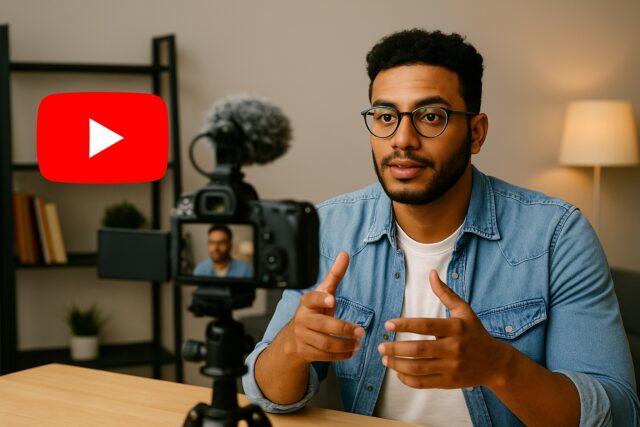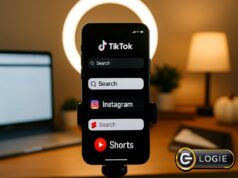YouTube is becoming a commerce engine. With YouTube expanding its shopping affiliate program and major retailers like Best Buy entering creator storefronts, creators are reevaluating their video libraries as revenue-generating assets.
What used to be “just a video you make for views” is now an opportunity to earn affiliate commissions, AdSense revenue, and direct retail partnerships all from the same content.
In this rapidly changing landscape, creators who move quickly receive outsized rewards. The barriers to entry are dropping, built-in shopping features are improving, and the tools supporting this new affiliate frontier are maturing.
By the way, if you want to stay connected and know everything about social commerce and never miss a beat, join Logie today! Click here
If you can learn to treat your content as a multi-platform sales engine, your revenue upside becomes far greater than before.
In this article, we guide you through the process of this shift, explain how creators are monetizing smarter, and provide actionable workflows that transition from manual to automated, maximizing the full value of every video.
1. From Amazon-Only to Omnichannel Affiliate
For years, most creators leaned heavily on Amazon’s affiliate/influencer programs. “Review X product, put your Amazon link in the description or carousel, and hope for clicks” was the dominant playbook.
But Amazon influencer carousels are getting crowded, commission tiers are under pressure, and the returns for many creators are flattening out.
Top creators now realize each video is not a one-off. It’s a piece of content that can and should monetize across platforms.
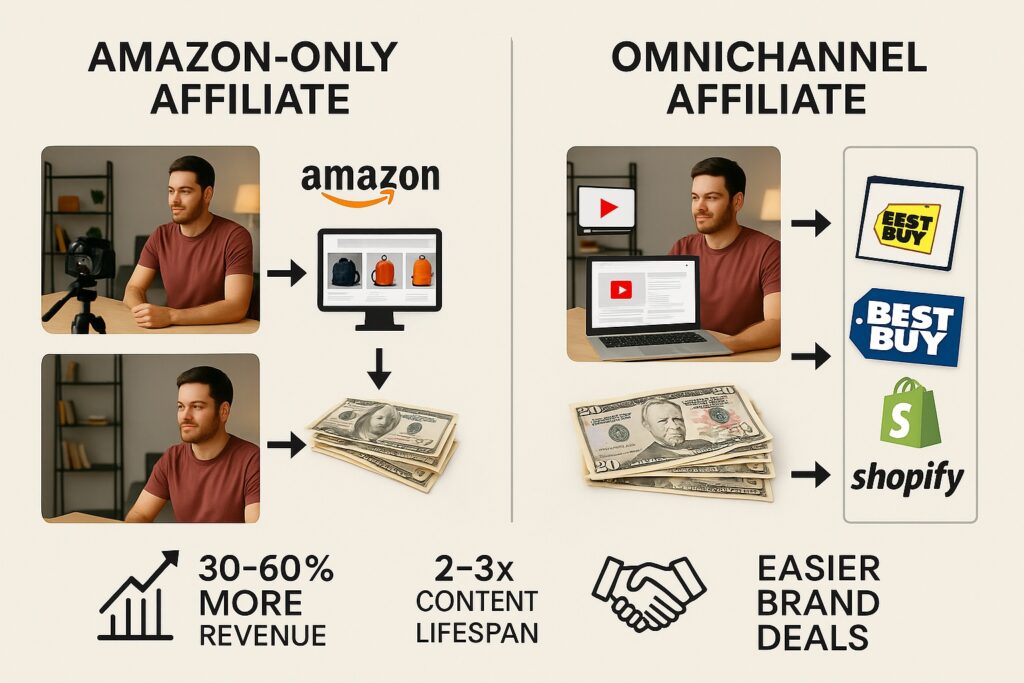
With YouTube’s affiliate integration, your product links can appear under your videos, boosting impulse buys.
You can still leverage Amazon links and YouTube’s affiliate system and any brand or retail integrations you build.
Because your video is already “owned” by you, republishing, reposting, or syndicating it to other platforms becomes low-hanging fruit for incremental revenue.
Essentially, you’re breaking free from the “single-channel affiliate” mindset and embracing an omnichannel affiliate strategy.
2. YouTube Affiliate is Taking Off Now
A few important enabling changes have made this moment uniquely powerful:
- Expanded eligibility & access
YouTube’s affiliate shopping program is not yet universally available everywhere, but it’s expanding.
Creators in several markets can now tag products directly in their videos through YouTube Studio.
This means fewer steps, fewer external links, and a more seamless path from video → click → purchase.
- Integration with big-name retailers and platforms
Shopify + YouTube integration: YouTube has rolled out deeper integration with Shopify, so creators can pull from Shopify merchants when tagging products.
Stack Influence. This means many more direct-to-consumer brands become accessible for affiliate tagging.
Best Buy Creator Program: In 2025, Best Buy launched a new influencer/creator initiative, enabling creators to set up storefronts, curate collections, and earn commissions on sales referred from their content.
This is a tangible sign that major retailers see creators as sales channels, not just marketing channels.
Due to these shifts, what was once incremental affiliate income is becoming a core monetization infrastructure for creators.
3. Manual YouTube Uploads
Even in a highly automated era, there’s strong justification for manual, handcrafted uploads, especially for your best, evergreen, high-ROI videos.
Here’s how to maximize them:
Why care about manual uploads?
- You have full control over SEO optimization: titles, descriptions, chapters, tags, and keywords.
- You can prioritize shopper-intent phrasing (e.g., “best X under $200”) to capture people who are already looking to make a purchase.
- You can ensure that your affiliate links, AdSense, and product tags are correctly placed, avoiding missed revenue opportunities.
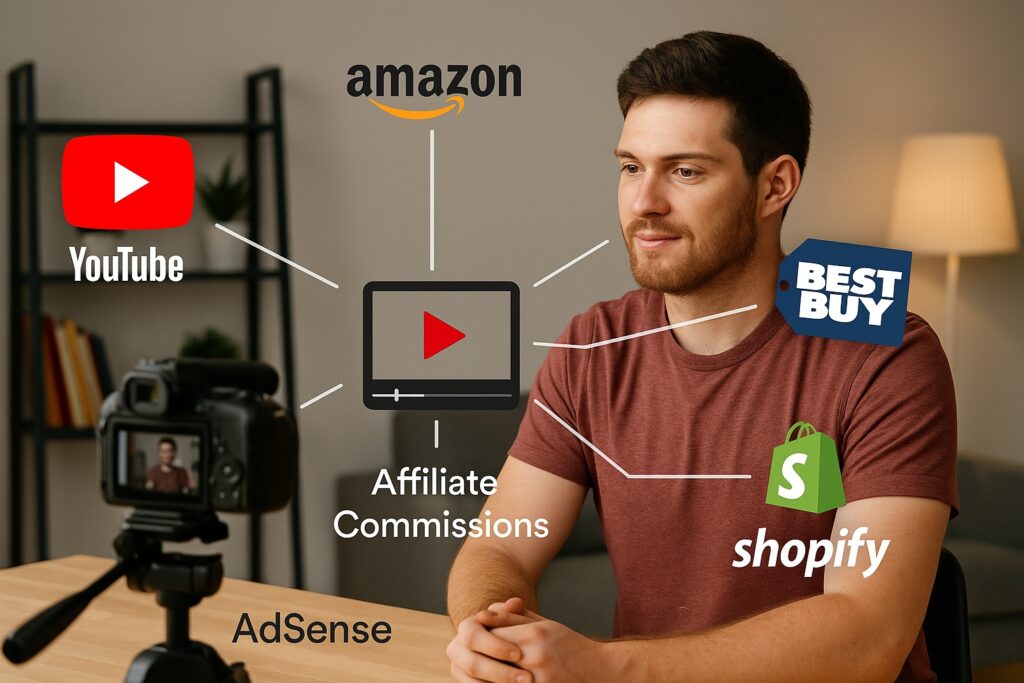
How to do this right (best practices)
- Enable both AdSense and YouTube’s affiliate tags if your channel qualifies. Don’t assume one replaces the other.
- Pin key links in the top comment + description so viewers don’t have to scroll to find your best offers.
- Design custom thumbnails with crisp product visuals and bold, readable text that is direct and benefit-driven.
- Use chapter markers (e.g., “00:30 – Unboxing,” “02:00 – Review,” “05:00 Purchase link”) so viewers can jump to the part they care about. This helps engagement and conversions.
- Use clear call-to-actions (CTAs) verbally and visually: “Check the link below to see the current price,” or “Tap the product tag above to view now.”
“Based on that alone, I’m doing about $100 a month extra just for turning that on … that doesn’t include AdSense.” DadReviews.org
4. Semi-Automated Repurposing
Once you have a workflow for manual uploads, you’ll quickly hit a scale ceiling. That’s where semi-automation comes in.
Why automate?
- You save hours or days of manual work.
- You reach multiple platforms (YouTube, Shorts, Instagram, TikTok) with the same content.
- You reduce “one-and-done” content, increasing the lifetime earning window.
5. Multi-Platform
Let’s zoom out and see what’s possible when you truly treat your video library as a multi-channel revenue engine.
What top creators report after 6–12 months
- Achieved 30–60% higher affiliate revenue per video by adding YouTube affiliate and retail integrations on top of Amazon.
- Longer monetization lifespan: Older review videos continue to generate revenue from new viewers across multiple platforms.
- Stronger brand partnerships: Brands see you as a cross-retail asset, not a one-off ad buy.
- More diversified risk: If Amazon reduces commission or changes rules, you have YouTube or direct retail links to rely on.
Your goal should be: “Make every video earn everywhere my audience shops.” When that becomes the mindset, your growth curve steepens.
7. Risks, Caveats & Community Talk
To be balanced, there are a few cautionary notes and community feedback worth noting.
Platform limitations & eligibility
- The YouTube Shopping affiliate program is still rolling out in many regions. Only creators in certain markets U.S., India, Korea, Southeast Asia, etc., are currently eligible
- YouTube takes a cut, with some community reports suggesting that it can be as high as 30% of labeled affiliate commissions. In some cases.
- Some creators fear YouTube may inject additional ads or “clutter” into shoppable video layouts, reducing UX.
“YouTube takes up to 30% of the commission … sometimes they waive their fee so creators get the full 100%.”
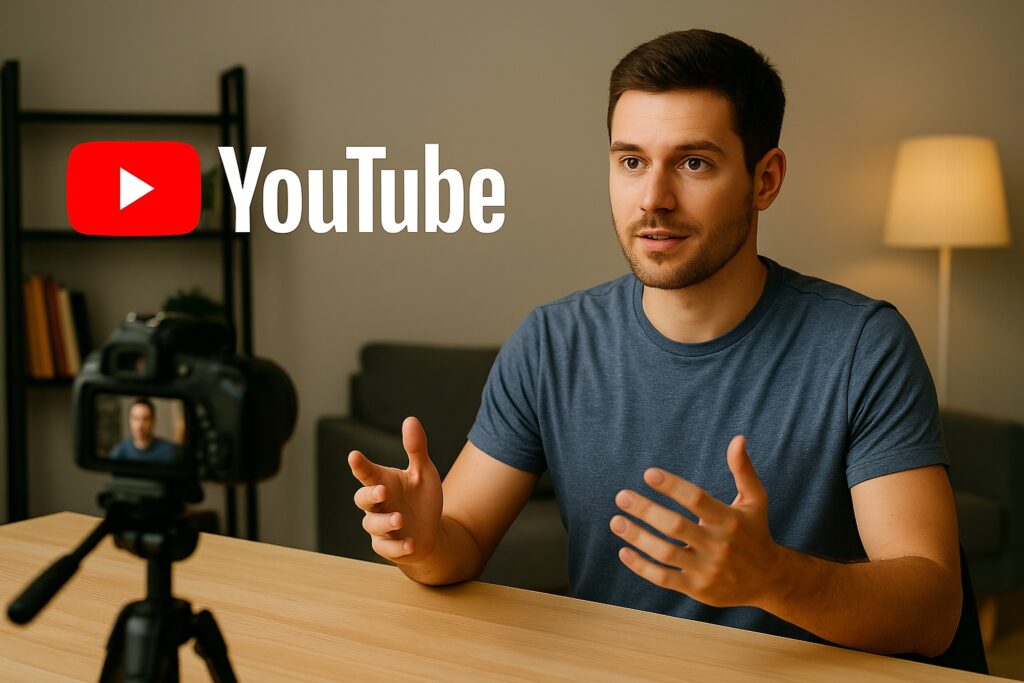
Retail affiliate economics
- The Best Buy affiliate program, while attractive for brand alignment, has relatively slim margins, with a 1% commission on most products and a typical 24-hour cookie window.
- Amazon’s affiliate program itself already has tight margins, often ranging from 1–10% depending on the category and short cookie windows.
- Affiliate-heavy models are sensitive to changes by platforms or retailers’ commission cuts, policy shifts. Always maintain flexibility.
Technical and workflow drawbacks
- Automation is powerful, but it can lead to the creation of low-quality or duplicated content if not properly managed.
- Poor link hygiene, mis-tagged products, or expired offers convert poorly.
- You still need to monitor analytics, correct broken links, and refine which products you promote.
One significant risk is browser extensions such as Honey that override or replace your affiliate links at checkout, thereby stealing attribution and revenue.
In early 2025, YouTuber Legal Eagle filed a lawsuit alleging that one creator replaced its affiliate codes with its own, thereby depriving them of earnings.
That issue shows the fragility of affiliate attribution. Stay vigilant about your links.
Conclusion
YouTube affiliate is becoming a foundational monetization strategy for creators.
The shift from Amazon-only to omnichannel affiliate, coupled with YouTube’s built-in shopping tools and retailer partnerships like Best Buy, opens a whole new dimension of revenue potential.
The advantage goes to creators who see their video library as an evergreen sales engine rather than a content dump.
Start by enabling affiliate tags manually, then layer in automation, tool-based optimization, and smart retail integrations. Continue to track, iterate, and improve.
If you’re building or advising creators: try this on one or two videos first. See what changes. Experiment. Sharpen. Then scale.


